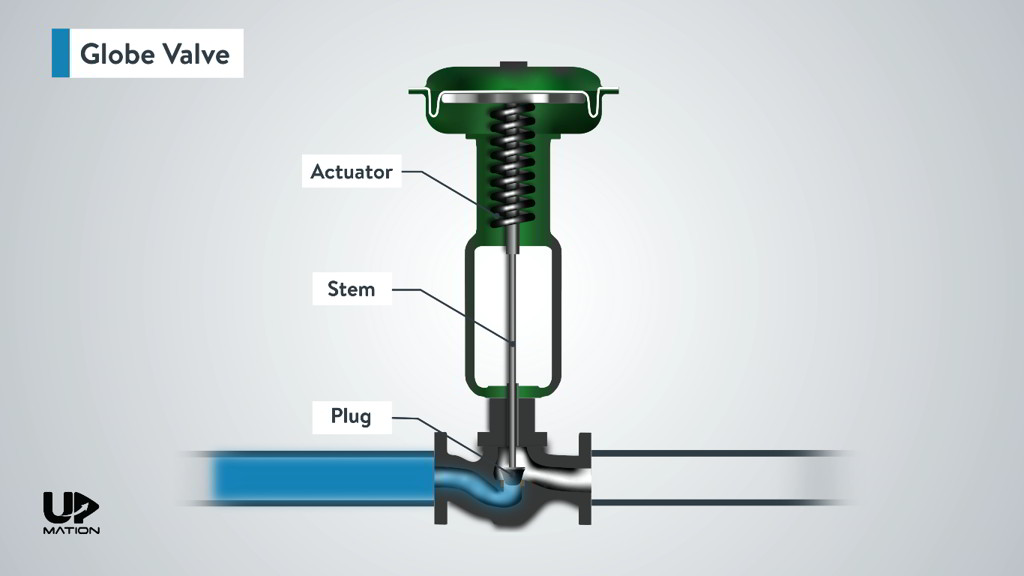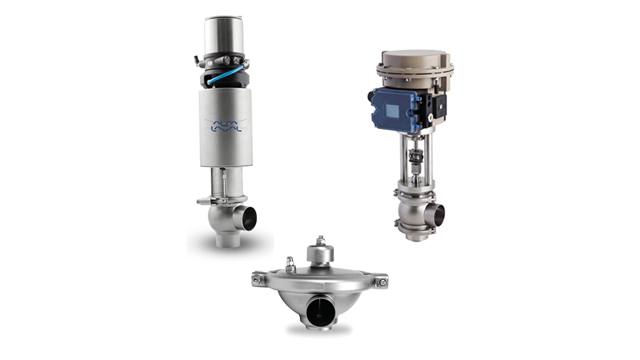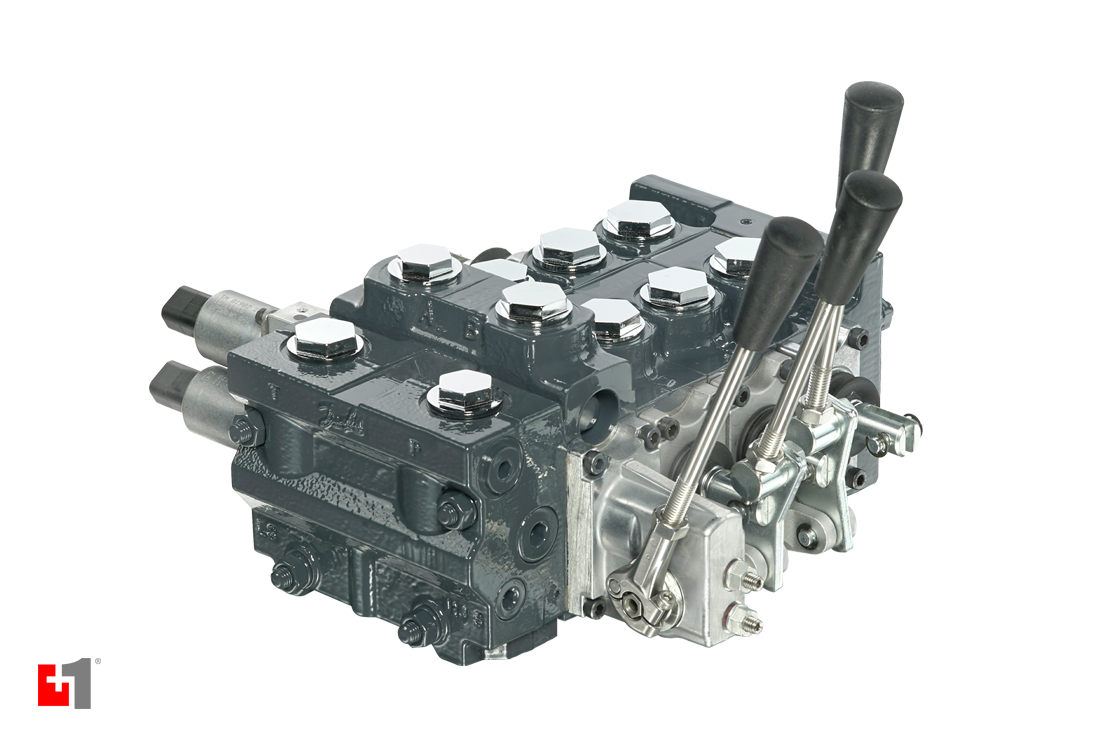
Maximize Power Financial Savings and Convenience With Advanced Building Automation Controls
In the realm of modern-day style and facility management, the assimilation of innovative building automation controls stands as a crucial innovation. The convergence of innovation and sustainability has actually birthed a brand-new era where power effectiveness, comfort optimization, and functional streamlining are no more far-off aspirations however possible truths. By taking advantage of the power of automation, buildings can adjust, respond, and advance in means that were once unimaginable. The capacity for significant energy savings and improved comfort is not just a possibility but an assurance waiting to be fulfilled. This standard shift in structure management holds the crucial to opening a world where ecological conscientiousness and resident wellness sympathetically coexist within the wall surfaces of our frameworks.
Energy Effectiveness Perks
Power effectiveness benefits can considerably decrease power usage and functional prices in buildings. Energy-efficient systems, such as sophisticated building automation controls, can optimize the use of sources like lights, home heating, and cooling, leading to reduced energy expenses over time.
In addition, boosted power effectiveness can lengthen the life expectancy of building devices and systems. By operating much more successfully, HVAC systems, lighting components, and other structure elements experience much less deterioration, causing lowered maintenance and substitute expenses. In addition, energy-efficient structures usually command greater property worths and rental rates, providing long-lasting economic advantages to owners.
Furthermore, power efficiency can improve occupant comfort and productivity. Effectively controlled interior environments with ideal lighting and thermal problems create a more positive and conducive work space, resulting in boosted staff member satisfaction and efficiency. Overall, the energy effectiveness advantages related to sophisticated structure automation controls are multifaceted, including expense financial savings, environmental stewardship, and owner well-being.
Enhanced Comfort Control
Enhancing convenience control in building atmospheres requires an advanced combination of advanced automation systems for optimum occupant wellness. By using sophisticated structure automation controls, centers can tailor the indoor atmosphere to satisfy the certain demands and preferences of residents. These systems allow exact guideline of ventilation, lighting, and temperature, creating a effective and comfy ambience. Passenger satisfaction and performance are carefully linked to thermal comfort, making it important to have systems in location that can adapt to changing problems in real-time.
By incorporating these sophisticated controls, buildings can not just boost convenience yet likewise enhance energy efficiency by maximizing system procedures based on real occupancy and usage patterns. Ultimately, prioritizing resident convenience via innovative automation systems leads to an extra pleasurable and much healthier indoor setting.
Operational Efficiency Improvements

Additionally, the application of real-time surveillance and analytics tools enables structure drivers to recognize energy inadequacies and operational anomalies without delay. By constantly keeping track of power use patterns and system performance metrics, modifications can be made in real-time to maximize energy intake and make certain peak functional effectiveness. control valves. In addition, incorporating need reaction methods into structure automation controls can additionally boost functional effectiveness by dynamically adjusting energy usage based on grid problems and prices signals
Indoor Climate Optimization
Reliable interior climate optimization is an essential aspect of structure automation controls, ensuring owners' convenience and health while taking full advantage of energy cost savings. By making use of innovative sensors and controls, building automation systems can continually check and readjust temperature, moisture levels, air high quality, and air flow to create an optimal indoor setting. Maintaining comfy and constant conditions not just boosts owner complete satisfaction yet likewise boosts productivity and general health.
Interior climate optimization likewise plays a crucial role in power performance. By fine-tuning air flow, air conditioning, and home heating systems based on real-time data and occupancy patterns, constructing automation controls can significantly lower site here power consumption - control valves. Applying techniques such as demand-controlled ventilation and thermal zoning can aid lessen energy waste while making sure that each area of the structure receives the necessary conditioning.

Lasting Setting Production
Structure automation regulates not just enhance indoor environment problems for power effectiveness and passenger comfort but additionally lay the structure for producing a sustainable atmosphere with strategic monitoring of sources and systems. By integrating advanced structure automation modern technologies, such as sensing units, actuators, and smart software application, facilities can change and keep track of energy use in real-time to lessen waste and decrease their carbon footprint. These systems allow predictive maintenance, recognizing prospective issues prior to they intensify and maximizing tools performance to enhance long life and effectiveness.
Moreover, lasting environment production prolongs past energy management to incorporate water conservation, waste reduction, and interior air quality renovation. Building automation controls can control water usage, identify leakages, and guarantee correct waste disposal techniques, contributing to total sustainability initiatives. In addition, by checking and managing air flow and filtration systems, these innovations enhance passenger health and efficiency while lowering energy usage connected with a/c procedures.
Conclusion
Finally, progressed structure automation controls offer significant benefits in regards to energy cost savings, convenience control, operational effectiveness, interior environment optimization, and developing a sustainable atmosphere. By implementing these controls, buildings can accomplish optimum efficiency while reducing energy consumption and enhancing owner convenience. It appears that the use of sophisticated automation innovation is essential in improving structure efficiency and developing a more sustainable future.
Power performance advantages can considerably decrease energy consumption and operational expenses in structures. Generally, the power effectiveness advantages connected with innovative structure automation controls are complex, incorporating price financial savings, ecological stewardship, and passenger health.
In addition, including need reaction techniques into building automation controls can better improve operational efficiency by dynamically readjusting energy usage based on grid problems and prices signals.
Building automation regulates not just enhance indoor environment conditions for power effectiveness and resident convenience however also lay the foundation for developing a lasting atmosphere through strategic monitoring of resources and systems.In visit final thought, progressed building automation regulates offer substantial benefits in terms of power cost savings, convenience control, operational performance, indoor environment optimization, official statement and creating a lasting environment.
Comments on “Understanding the Significance of Control Valves in Process Automation”